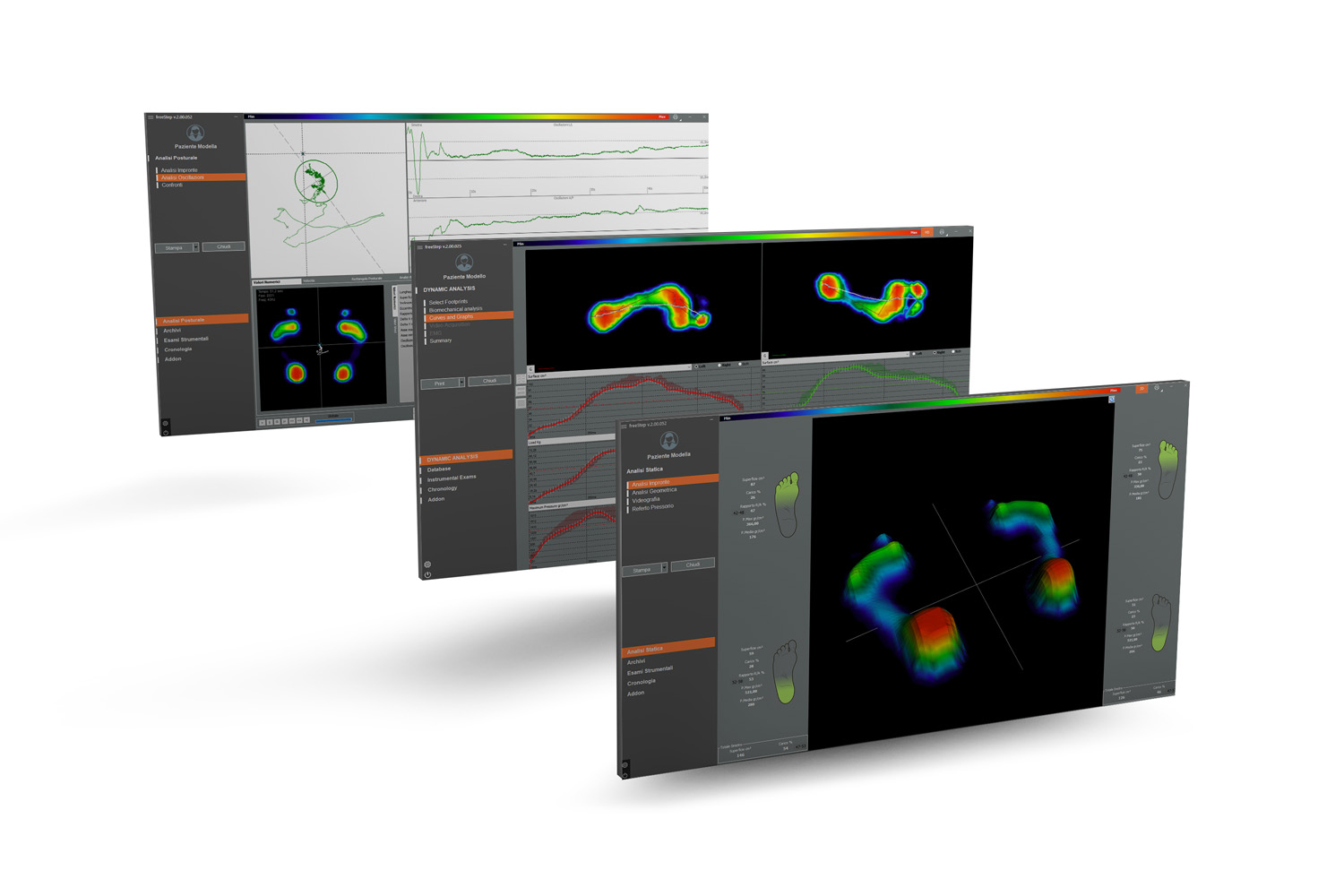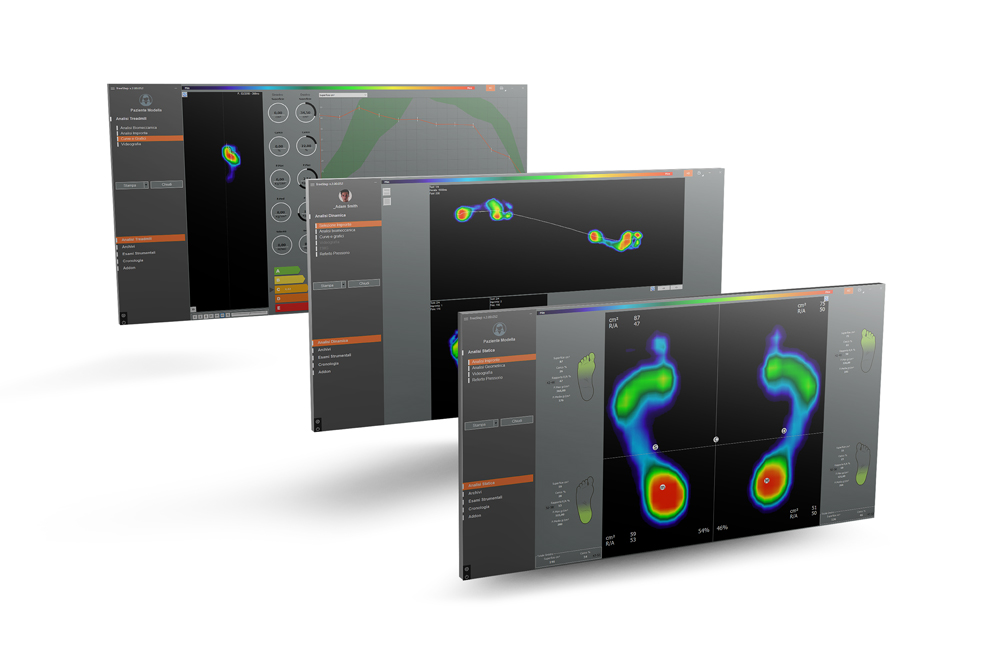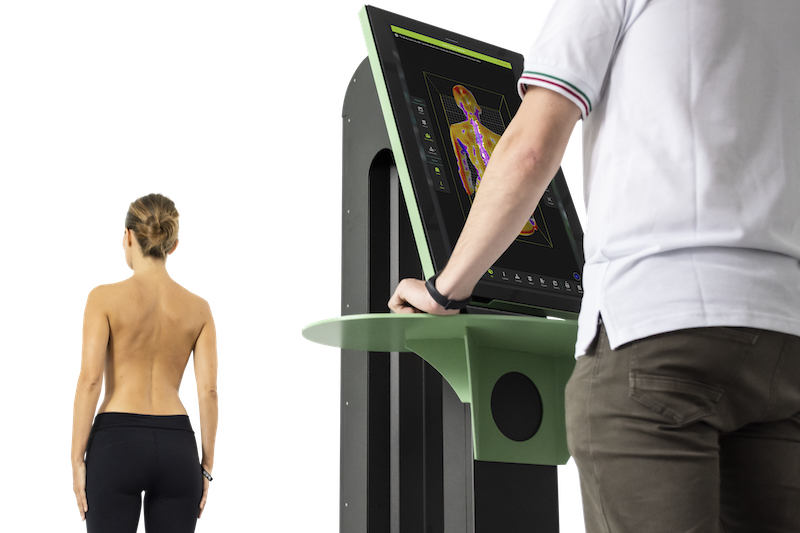Introduction to Gait Analysis Platforms
Gait Analysis Platforms provide crucial insights into the way we walk or run, by measuring our foot pressure and movements. They are a vital tool in fields such as sports science, physiotherapy and orthopedics. However, the size of these platforms can significantly influence the accuracy of the data collected. In this blog, we will delve into the importance of size variations in
Gait Analysis Platforms, and how it can impact the quality of results obtained. Understanding this aspect can help in choosing the right platform for your specific needs, thereby ensuring more accurate and reliable data.

Understanding the Concept of Size Variations in Gait Analysis Platforms
Gait analysis platforms are crucial tools used by medical professionals and researchers to study human movement. These platforms can vary significantly in size, and understanding this variation is key to their effective use. Larger platforms provide more comprehensive data, capturing the entire gait cycle, including strides and swings. They are often used in professional settings such as hospitals for diagnosing and treating mobility issues. On the other hand, smaller platforms are portable, affordable, and can capture specific parts of the gait cycle. They are ideal for home use or in situations where space is limited. Therefore, recognizing the importance of size variations in gait analysis platforms can help in selecting the right tool for specific needs and applications.
The Impact of Different Sizes in Gait Analysis Platforms
The impact of different sizes in gait analysis platforms is crucial to the accuracy of results gathered. Gait analysis platforms, used to assess a person's walking pattern, come in various sizes. The size of the platform greatly affects the data collected. Larger platforms allow for a more extensive range of motion, capturing a more comprehensive picture of a person's gait. On the other hand, smaller platforms may restrict movement, potentially leading to inaccurate results. Therefore, choosing the right-sized platform based on the individual's stride and body size is essential in gait analysis to ensure accurate and reliable data collection.
The Importance of Size Variations in Accurate Gait Analysis
Understanding the importance of size variations in gait analysis platforms is crucial for accurate results. Different individuals have unique gait patterns, influenced by factors like height, weight, and body structure. If a platform doesn't consider these size variations, it could lead to inaccurate readings and misleading data. Accurate gait analysis not only helps in diagnosing medical conditions related to mobility but also plays a critical role in enhancing athletic performance. Thus, ensuring the gait analysis platform accommodates size variations is key to obtaining valid, reliable data.
How Size Variations Influence Specific Gait Attributes
The size variations in individuals greatly influence specific gait attributes. Essentially, a person's height, weight, and body composition can directly impact their walking pattern or style. For instance, taller individuals typically have a longer stride length while those who are heavier may have a slower gait speed. This is why it's crucial for gait analysis platforms to factor in size variations. By doing so, the platform can provide a more accurate and personalized analysis, leading to better understanding, diagnosis, and treatment of various gait-related conditions.
The Role of Size Variations in Clinical and Sports Applications
Understanding the role of size variations in clinical and sports applications is crucial when using gait analysis platforms. Size variations can significantly influence the accuracy of data collected. For instance, the size of the individual, the size of the platform, and even the size of the shoes worn can all impact the results. In sports, this can help professionals tailor training programs to improve an athlete's performance. In clinical settings, it can aid in diagnosing and treating movement disorders, injuries, or illnesses. Therefore, considering size variations is vital in obtaining reliable and useful gait analysis data.
The Benefits of Customisable Size Options in Gait Analysis Platforms
Customizable size options in gait analysis platforms offer several benefits. Primarily, they allow for a more accurate and personalized assessment of an individual's walking pattern. This is crucial as everyone has unique body dimensions and walking styles. By adjusting the size of the platform to match the user, it becomes possible to obtain more precise data, leading to better diagnostic and therapeutic outcomes. Moreover, size customization enhances comfort and safety during testing, minimizing the risk of slips or falls. Thus, size variations in gait analysis platforms are vital for delivering reliable, individualized, and safe gait assessment.
Future Trends: Size Variations in Gait Analysis Platforms
The future of gait analysis platforms is set to witness significant advancements, and size variations are emerging as a crucial trend. As we all know, people come in various shapes and sizes, and so do their gaits. Hence, gait analysis platforms must be flexible and adaptable to cater to these differences. The development of platforms with size variations will allow for a more accurate and comprehensive analysis of an individual's gait, irrespective of their physical characteristics. This trend not only enhances the precision of diagnosis and treatment plans in healthcare but also improves the performance analysis in sports and fitness sectors. Therefore, incorporating size variations in gait analysis platforms is a significant step towards personalized and effective health and fitness solutions.
Conclusion: Why Size Matters in Gait Analysis Platforms
In conclusion, the size of gait analysis platforms plays a crucial role in obtaining accurate and reliable data. Larger platforms allow for a wider range of movement, capturing a more comprehensive picture of an individual's gait. This can be particularly beneficial when analyzing the gaits of athletes or individuals with mobility issues. Smaller platforms, on the other hand, may limit movement and potentially skew results. Therefore, considering the size of the gait analysis platform is essential to ensure the validity and reliability of the results, ultimately leading to more effective treatment plans and interventions.


































































